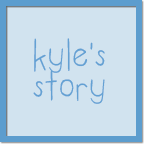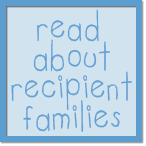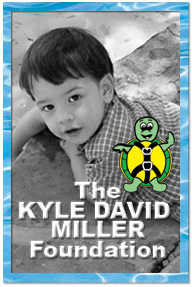Here is some general information for helping install your seat properly. Keep in mind each seat and vehicle is different and this is just general information. You should still meet with a CPST in your area to help ensure you have a good installation of your car seat and to have all your questions answered. This information is a great reminder if you have met with a tech before, and good to know if you have not so you can help your child ride safe. It will also help you if you make an appointment with a tech, to be a little ahead on the knowledge.
*A car seat should not move more than 1" at the belt path of the seat belt or LATCH belt side-to-side or front-to-back.
*You should only use the vehicle seat belt -OR- LATCH belt, not both together. Always use top tether anchor when it is available.
*When placing a car seat rear-facing, if the seat is not level with the indicator on the seat you can help correct the elevation of the seat by using -EITHER/OR- a tightly rolled towel or swimming pool noodles. The towel should be folded to fit between the belt path, not wider, and rolled up tightly. The swimming pool noodles should be cut to fit between the belt path, not wider, and if using more than one - tape them together. If one is not enough elevation and you need to go to two, use a third one in a triangle arrangement to prevent the two from falling over and dropping the elevation.
*CPST's suggest against using rear-facing mirrors, car window shades (unless they cling to the window) or any toys hanging from the car seat. These items can become projectiles in a crash, causing harm to the child or other passengers in the vehicle.
*It's suggested to never use anything that doesn't come with the child seat. E.g. extra head supports, bunting coats designed to fit the harness of the seat, 'handle bar' toys for infant carriers. The reason for this is because these items are not tested with the seat. Anything that is not tested with the seat could cause it to fail in some way or another. Fitted blanket style coats that the harnesses thread through can cause the harness to not sit properly on the child.
*It's suggested to never use a thick or bulky coat or thick clothing under the harnesses. Fleece is about the thickest you want to have on a child when they are in their restraint. When you have thick coats on and you put your child in their restraint, you have to loosen the harnesses to fit around them and their coat, giving you a false feeling of tightness. Coats compress and in a crash and cause the harness to be too loose. Ways to help keep your child(ren) warm are to use their coat outside of the vehicle, and inside the car place them in their seat without the coat, then place the coat over top of them to keep them warm. Use blankets to cover them. Use the 'shower cap' style covers for infant carriers.
*When placing a child in the seat the harnesses should be at or below the shoulders for rear-facing and at or above the shoulders for forward-facing.
*The harness should be tight enough that you cannot pinch any excess belt together at the collarbone. If you can, it's still too loose.
*The retainer or chest clip should be at the arm-pit level.
These are some general tips and information for helping you properly restrain your child. This is not everything you need to know about properly using your seat. Refer to your car seat manual AND vehicle manual to help answer questions. Contact a CPST in your area to have your seat properly fit to your child and to find out how to install your seat in your vehicle. You can locate your nearest CPST through this link at Safe Kids.
The best seat is the one you can install and use correctly EVERY time!
If you have questions please post them in the comments, I will answer back and try to help you out.
Tuesday, June 9, 2009
Subscribe to:
Post Comments (Atom)











0 comments:
Post a Comment